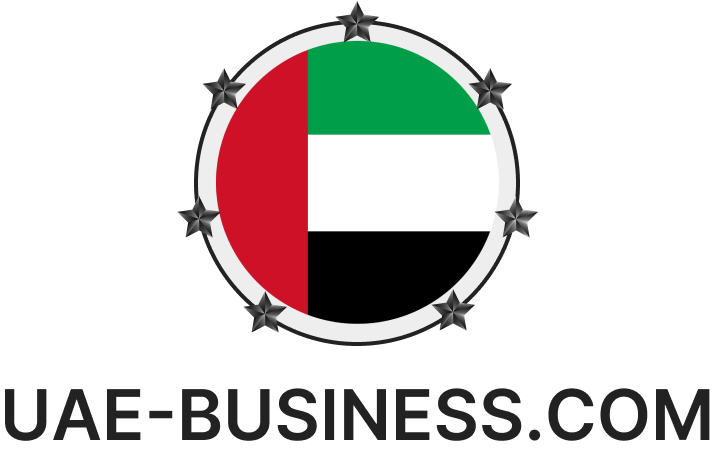UAE, Saudi Arabia economies to receive backwind from rebound in global trade amid China reopening
- Allianz Trade expects global trade-in value terms to grow by +10.4% in 2022 as China’s mild reopening will help the trade recovery.
- Supply chain bottleneck, although currently persistent, are expected to ease, providing tailwinds for the Gulf Arab non-oil economies, the UAE and Saudi Arabia in particular.
- Our proprietary data reveals that the agrifood, pharma, and software & IT Services sectors are set to benefit the most from China’s reopening boost – all significant import goods for the GCC.
Tepid trade terms
Allianz Trade forecasts global trade to grow by +3.5% in 2022 in volume terms, down from our previous forecast of +4.0% (and much below consensus ranging between +4.5% and +5.0%). But China’s mild reopening will help the trade recovery. Global trade should grow by +1.1 q/q in Q3 2022 and +0.8% in Q4. Barring renewed large waves of Covid-19 infections, we expect stringency at the national level in China to normalize in July – even if the zeroCovid policy remains a risk.
“This means that industrial activity should recover mildly, and manufacturers dependent on Chinese goods could experience some relief in the fall as it will take two to three months for port congestion to normalize, providing expected backwind for the non-oil sectors in the GCC, the UAE and Saudi Arabia In particular,” says Jean Claus, CEO Allianz Trade Middle East.
Manufacturers in the rest of the world dependent on Chinese goods could see a boost from the end of summer onwards. The normalization of mobility in China means that industrial activity there should also recover, in particular in the automotive, electronics, computers & telecom, household equipment and machinery & equipment sectors – all the aforementioned sector are vital import segments for the GCC. Indeed, Allianz Trade’s detailed sectoral analysis of cities that saw full lockdowns for at least 20 days since March suggests that these industries were the most affected.
GCC adapts to tepid trade patterns
Global and Chinese port congestion are back to the worst levels of 2021. The volume of container vessels anchored outside ports across the world has averaged 5.9% of annual throughput per month since March, vs. a monthly average of 5.5% in H2 2021. In order to mitigate this affect, “Both the UAE’s and Saudi Arabia’s early positioning along the New Silk Road in line with China’s Belt and Road Initiative is now paying off”, notes Claus. Currently, the UAE and the kingdom expand their port capacities in Dubai and Jeddah, respectively.
Based on the temporary port closures seen in 2021, it could take between two to three months for port congestion to normalize. This would imply a surge in goods trade around August or September, which are traditionally critical months as many sectors are preparing production and pilling up inventories ahead of the festive season at the end of the year.
Uneven impact on Western economies
Among major Western economies, Germany could see the largest GDP boost thanks to the improved access to inputs from China. This has the potential to translate into positive spillover effects for the Gulf economies, as Germany is a major GCC trade partner.
Our analysis of importing countries, supply chain links and the sectoral breakdown of value-added reveals that the Chinese reopening could help German GDP grow by up to an extra 0.5% in 2022 – all else being equal and assuming that the activity boost fully materializes in additional output through consumption or inventory. In France and the UK, the benefit to GDP would reach up to 0.3%, as their share of the manufacturing sector is lower.
